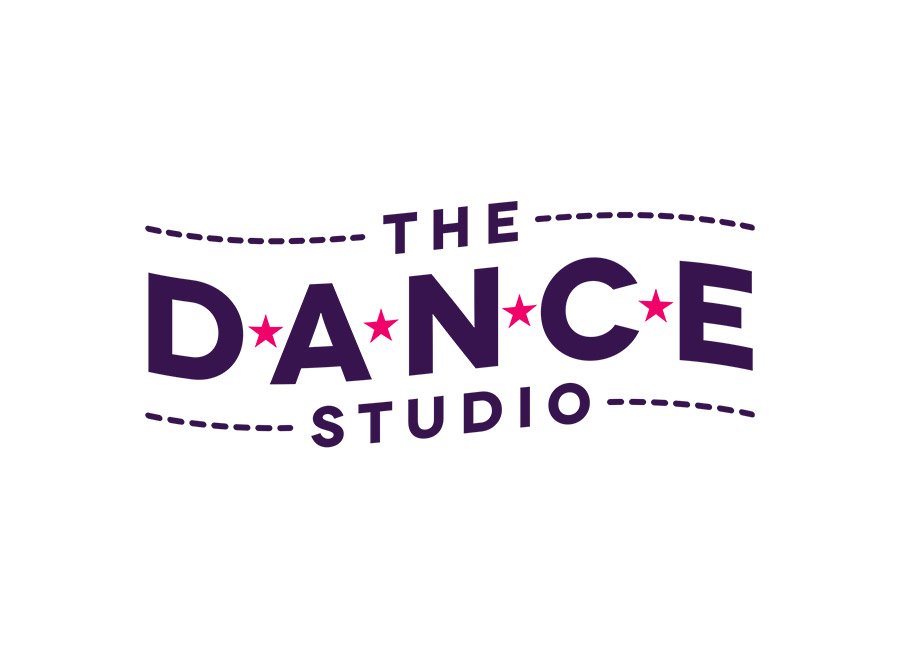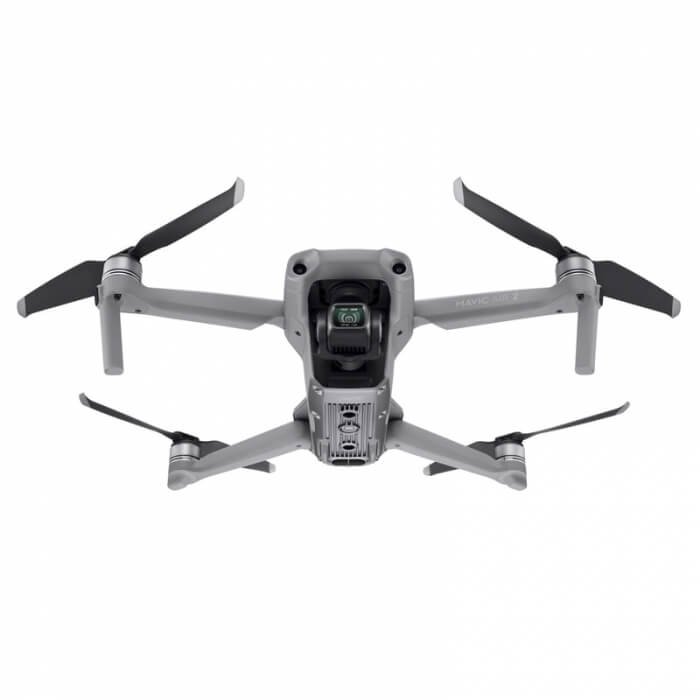Understanding the performance of your WordPress site is essential for growth. Metrics provide insights that can help improve user experience, increase traffic, and boost conversions. Here’s a simple guide to the 20 most vital metrics, explained in plain English, to optimize your website for both users and search engines.
Important Metrics to Measure on Your WordPress Site
1. Page Views: Simply put, page views represent the total number of times a specific page on your site has been viewed.
SEO Tip: High page views indicate popular content. Ensure these pages are optimized with relevant keywords and have quality backlinks.
2. Unique Visitors: This is the count of distinct individuals visiting your site in a given time, regardless of how many pages they view.
SEO Tip: To attract more unique visitors, focus on creating high-quality content and promoting your site on various platforms.
3. Bounce Rate: It’s the percentage of visitors who leave after viewing just one page. A high bounce rate might suggest that your site’s landing pages aren’t engaging enough.
SEO Tip: Improve user experience and provide compelling content to decrease bounce rates. Optimize page load times and ensure clear navigation.
4. Average Session Duration: This measures how long, on average, visitors stay on your site. The longer they stay, the more engaged they likely are.
SEO Tip: Use engaging multimedia content and internal links to keep visitors on your site longer.
5. Conversion Rate: The percentage of visitors who take a desired action, like signing up for a newsletter or making a purchase.
SEO Tip: Optimize your call-to-action buttons and streamline the user journey to boost conversions.
6. Traffic Sources: Where your site’s visitors come from, such as search engines, social media, or direct links.
SEO Tip: Target high-quality backlinks and maintain a strong social media presence to diversify your traffic sources.
7. Top Landing Pages: The most popular entry points to your site. Knowing these can help you optimize the first impression.
SEO Tip: Ensure your top landing pages are mobile-friendly, have a clear call-to-action, and load quickly.
8. Exit Pages: Pages from which visitors most frequently leave your site. This can highlight areas for improvement.
SEO Tip: Examine your top exit pages for broken links, poor content, or other issues that might deter visitors.
9. Page Load Time: How quickly your pages load. A slow-loading site can deter visitors and affect your search ranking.
SEO Tip: Compress images, utilize caching, and choose a reliable hosting provider to enhance load times.
10. Mobile Usability: How user-friendly your site is on mobile devices. Given the rise in mobile browsing, this is crucial.
SEO Tip: Adopt a responsive design and test your site across various mobile devices to ensure a seamless experience.
11. Click-Through Rate (CTR): The percentage of users who click on a link in search results or an advertisement.
SEO Tip: Improve meta descriptions and titles for a higher CTR in search engine results.
12. Return Visitors: People who have visited your site before and come back for more. A high rate suggests you’re offering valuable content.
SEO Tip: Engage return visitors by regularly updating content and offering personalized experiences.
13. Referral Traffic: Visitors who come to your site from external links on other websites.
SEO Tip: Build relationships with reputable sites in your niche for quality referrals.
14. Social Media Engagement: How actively your content is liked, shared, or commented on across social media platforms.
SEO Tip: Regularly post shareable content and engage with your audience on social platforms to increase visibility.
15. Top Keywords: Words and phrases that bring the most traffic to your site from search engines.
SEO Tip: Identify and optimize content around top-performing keywords to improve search rankings.
16. 404 Errors: These are “Page Not Found” errors. Too many can harm user experience and SEO.
SEO Tip: Regularly check for broken links and set up proper redirects for any missing pages.
17. Backlinks: External links pointing to your site. They can significantly influence your site’s authority and rankings.
SEO Tip: Aim for high-quality backlinks from reputable sites. Avoid spammy or irrelevant links.
18. User Demographics: Information about your site’s visitors, like age, gender, and location.
SEO Tip: Tailor content and marketing strategies based on your audience’s demographics for better targeting.
19. Site Search Queries: What visitors are searching for within your site. This can provide insights into user intent.
SEO Tip: Optimize your internal search functionality and use insights to guide content creation.
20. Comments and Feedback: Interactions and opinions shared by your site’s visitors.
SEO Tip: Engage with comments, address feedback, and build a community around your site to foster loyalty.
In conclusion, regularly monitoring these 20 metrics can help you fine-tune your WordPress site, providing a better experience for users and optimizing for search engine visibility. Remember, a successful site is a combination of quality content, user-friendly design, and smart SEO strategies.

















